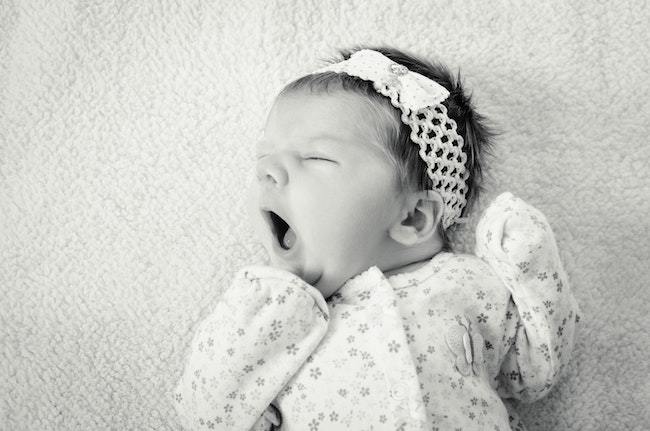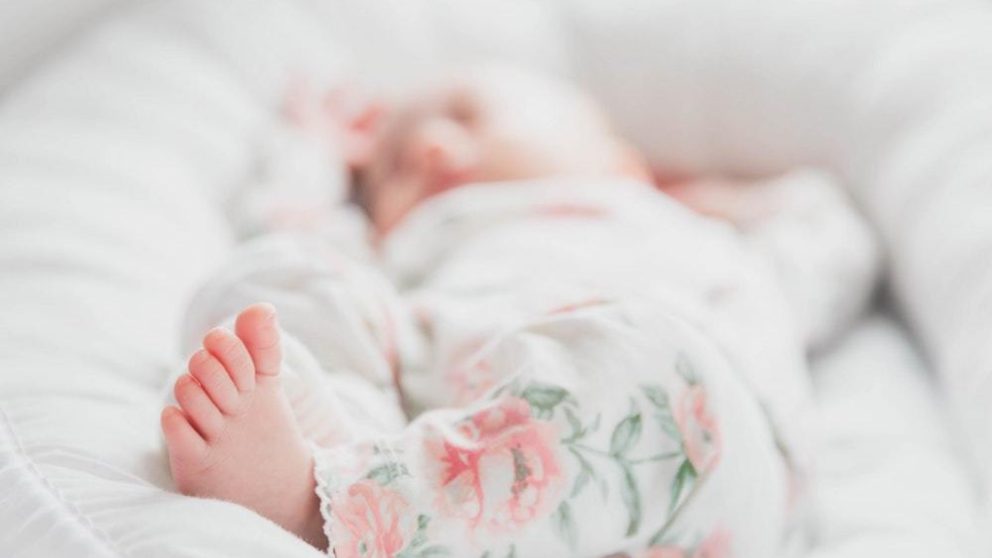Sleep deprivation happens quickly and once caught in the grueling cycle of sleepless days leading to sleepless nights, sleepless nights leading to sleepless days, it can be a tricky one to break out of.
But… it can be done!
Sleep is a basic, natural human function and all babies can sleep, very well in fact. More often than not the reason why healthy, thriving babies don’t sleep well is because the healthy sleep ‘foundations’ aren’t in place first.
So, what are the healthy sleep ‘foundations’ and how will they help your baby ‘sleep like a baby’?
Foundation 1 – Day and Night
We all have an internal 24-hour body clock and when your baby sleeps, feeds, and wakes ‘in sync’ with their natural body clock and with ‘day’ and ‘night’, this is when everything flows freely.
Start your baby’s ‘day’ between 6-7am in the morning. This is when we are naturally designed to wake. Your baby’s ‘day’ should consist of feeds, awake or ‘play’ time interspersed with their naps when they are tired.
Have your baby in bed for the ‘night’ by 6pm in the evening. This will mean they can then get their 12-13 hour stretch of sleep with feeds throughout. Your baby’s ‘night’ should consist of sleeping and feeding only (with nappy changes too of course).
Foundation 2 – Consistency
When you are at home, always put your baby down to sleep in the one sleep space, their bassinet or cot, day and night. By doing this from day one, your baby will quickly form a strong sleep association with their own bassinet or cot.
Avoid putting your baby down to sleep in multiple locations around the house i.e. in a bed, on the couch, in a swing or pram and so on. Doing this can be unsafe and it can confuse your baby. Consistency is key from the very start.
Foundation 3 - Sleep Environment
Babies need to be snug and cosy when they sleep. A big reason why babies sleep poorly is simply because they are not warm enough. In cool or cold weather, use clothing layers and a safe, gentle (not fan forced) heating device. When the weather is warm or hot weather, cool your baby using your cooling device of choice and dress them in appropriate layers.
From bedtime until morning, ensure your baby’s room is pitch black. The pitch black tells the body it is ‘night’ and time to have our long stretch of sleep. During the day, a pitch-black sleep environment is not necessary. A ‘dark grey’ room is fine as you still want your baby to know it is ‘day’.
Your baby’s cot area should be free of musical toys, hanging mobiles, play mirrors etc. as these all equate to noise, colour and movement. These items will distract your baby and they are not conducive to restful sleeping at all.
Foundation 4 - Tired signs
Babies get worn out quickly and if left up for too long they become overtired and over-stimulated making it difficult for them to fall asleep and stay asleep too.
Towards the end of your baby’s awake time (which includes their feed) and as they get tired, they will begin show you tired signs. These signs signal that they are ready to sleep.

Some common newborn tired signs include jerking arms and legs, frowning, staring into space, yawning, arching the back and burring their head into your shoulder. Crying is a late tired sign so ideally you want to get your baby down to sleep before the crying begins.
Foundation 5 - Self Settling
All healthy babies who are warm, well fed, clean and in the correct sleep environment are capable of self-settling off to sleep and from an early age too. The self-settling process for your baby leads to them being able to go to sleep and fall back to sleep when they rouse or wake fully, naturally and quickly on their own, without needing one or multiple sleep aids (eg, dummy, white noise) or needing you.
Your baby will be able to fall asleep on their own provided you allow them the time and the space in which to do so. The more practice your baby gets at falling asleep on their own, the better they will get at doing it. As they say, "practice makes perfect".




